Mulberry (mulberry tree) - planting, care and pruning with your own hands. 140 photos of popular types of mulberry
Mulberry or mulberry - a tree belonging to the mulberry family, is widespread in Southeast Asia, primarily in China and India. This thermophilic plant has been used in silk production for at least five thousand years. In total, there are at least 17 types of mulberry in the world.
Despite the fact that silk production is the most famous area of its use, there are other areas of human activity where it is used no less successfully.
Color classification of mulberries
The fruits of the mulberry tree have a pleasant taste and are indispensable in the food industry, even wine is made of them. On this, the beneficial properties of mulberry are not exhausted. Berries contain a large amount of vitamins, in particular, vitamin C, more than 10 percent, trace elements and other beneficial substances. The whole variety of subspecies of this plant is combined into three main types: white, red and black mulberry.
I must say that the color classification of mulberries does not occur according to the color of its fruits, as is the case in most fruitful trees, but according to the color of its bark. However, the color of the bark in them corresponds to their names only approximately. What they really differ from each other, so - this is the habitat of growth.
The most heat-loving, red mulberry grows only in tropical climates. Black is much less picky about the ambient temperature and is often found in the south of Russia in our subtropics, in the North Caucasus, Kuban, and Crimea.
The most unpretentious is white mulberry. Today, these trees have spread so far north, in our time, the cultivation of mulberries is possible even in the temperate zone: in the Moscow Region, in the Urals and in the south of Siberia.
Appearance of Mulberries
Of course, its advance into the northern latitudes does not occur on its own, but only due to the fact that our compatriots wish to have this extremely useful plant in their gardens and kitchen gardens.
The severity of the Russian climate does not allow the mulberry tree to reach high up, so the height of these trees in our latitudes rarely exceeds six meters. But with proper cultivation, they begin to be distributed wide, every year letting out new shoots.
Mulberry Care
The desire to have in your garden this tree, which is not quite usual for the climate of our country, requires careful care for it. First of all, you need to choose a place where he has to grow. The shaded area is not suitable for him. Only the maximum of sunlight during the day will provide him with the possibility of growth.
In this case, it is necessary to take into account the so-called wind rose. The north and east winds blowing in our country will be destructive for him.
Like any other plant, mulberry grows best on fertile soils, but, in principle, not only the growth of the tree itself depends on the fertility of the soil, but the yield of its fruits. You should not expect fertility from trees growing in low, damp places.
Seedlings should be planted only in soil with normal moisture and good drainage. The minimum distance between the trees should be at least six meters. The depth of the hole is not less than 60 centimeters, and the radius, respectively, 80.
Before planting a seedling, drainage and a mixture of earth and humus are added to the hole. If there is no organic matter at hand, mineral fertilizers can be added instead: 60 grams of superphosphate and 50 grams of potassium chloride.
Care for the mulberry tree right after planting
The first two years of a tree’s life in a new place, it needs regular watering (10 liters of water per day in dry periods) and regular (once a season) top dressing. In the spring, during the period of budding, nitroamafoska is introduced, at the rate of 50 grams per 10 liters of water.
In summer, complex fertilizer is applied at the rate of 20 grams per 1 square meter. In autumn, the earth under the mulberry is dug up and ash is added at the rate of 200 grams per square meter. A positive effect should be expected when adding organic matter: slurry or bird droppings.
Those who have already planted at least one mulberry tree in their area have the opportunity to see its flowering annually. Unfortunately, this bloom cannot be called violent, and not because there are few flowers, just their appearance is not too pleasing to the eyes of a demanding public.
The plain appearance of mulberry flowers is more than compensated by the excellent taste of berries, which grow on each tree in countless numbers.
Mulberry - a dioecious plant
As the school course of botany says: plants are dioecious and monoecious. Mulberry is a dioecious plant, that is, either male or female.
If it so happened that the tree grown in your garden belongs to the male sex, you will never see berries on it. At the same time, a lonely-standing tree of a female type will remain an unnecessary empty flower, as it will not be properly pollinated.
However, such incidents in the life of the mulberry tree are not frequent, because they are pollinated by the wind, carrying pollen for many kilometers. In order to guarantee pollination, it is necessary to have several heterosexual trees on your plot, or at least to plant them.
The complexity of this process is that it is almost impossible to determine which sex a particular seedling belongs to, at least until it begins to bloom. One can only hope that a hermaphrodite will grow in your garden - a tree with both male and female flowers, which, of course, occurs, but not as often as we would like.
However, if your garden has two trees of the same floor, you can easily improve the situation. You just need to break off or, better, cut off part of the branches of one of them. This simple operation will lead to a change in the floor of the tree.
Considering that pruning branches on mulberries is done almost every year, your trees will regularly change their floors and bear fruit.
Mulberry circumcision
Over time, the mulberry can become quite a tall tree, which, to put it mildly, is not very convenient for its owner, since it makes harvesting difficult. In order for the tree not to grow above five meters, it needs regular pruning.
Many novice gardeners often ask themselves: - How to prune mulberries? First of all, it is necessary to trim the so-called conductor of the mulberry. The plant conductor is cut at a height of about one and a half meters, thus forming a low stem.
After this, the plant resembles rather a tall shrub formed from seven or eight shoots. All excess shoots must be cut off. Moreover, they are still rarely viable, since they freeze already in the first year of their existence.
First crop
The first fruits of mulberry are already in the third (sometimes in the second) year of the tree.Initially, the berries are small and in small quantities. Every year, the yield increases, and the size of the fruit increases.
By about the ninth year of life, mulberry enters a period of regular fruiting. From this moment, the tree begins to give the maximum possible yield.
Mulberry picking does not cause any serious difficulties. Ripe berries themselves come off the stalks and fall to the ground. In order to eliminate crop losses during harvesting, it is recommended to stretch a white cloth under the tree, on which ripe berries will fall from the tree.
Variety of varieties
Today in Russia grow original varieties of mulberry, created specifically for our country. The first among them - white honey is white berries up to 3 cm or more in size, has an extraordinary taste. Soft berries are easily wrinkled during transportation, which is their only drawback.
The Smolensk pink variety, growing in central Russia, is resistant to frost. Medium pink fruits have a pleasant taste. Photo mulberry Smolensk pink allows you to see this.
Variety Fruit 1 White berries have a pleasant taste and dense texture. When transporting for a long time do not lose their presentation.
Among others, it should be noted such varieties as: Merezhevo, fruit 4, the black baroness, the black prince, Shelley and many others.
Mulberry photo
Ideas for giving: 120 photos of the best modern design ideas
Half-timbered houses - 95 photos of modern houses and good projects
DIY bench - drawings and detailed instructions for building (85 photos)
Asters - growing and caring for a flower. A lot of photos of the best types of asters + care tips
Join the discussion:
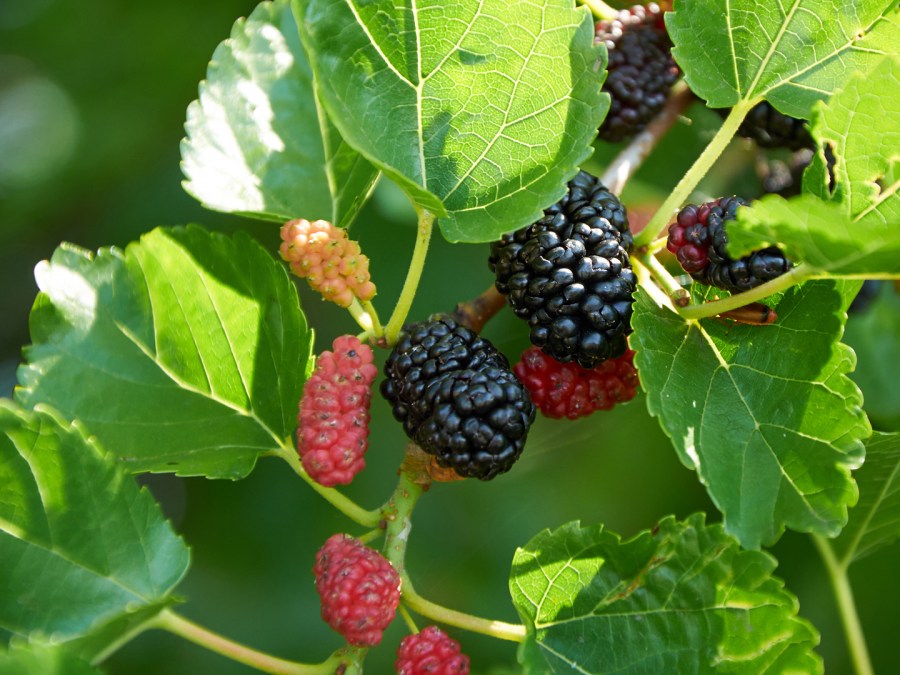

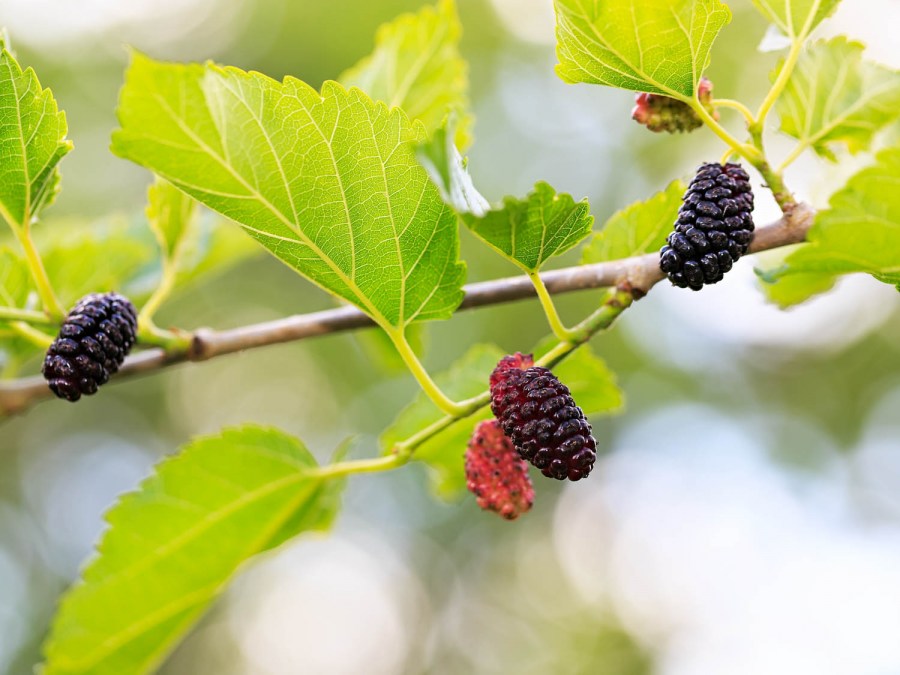


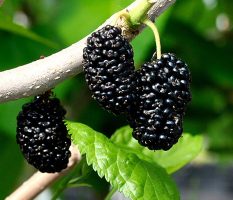
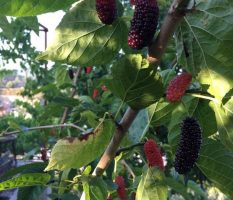


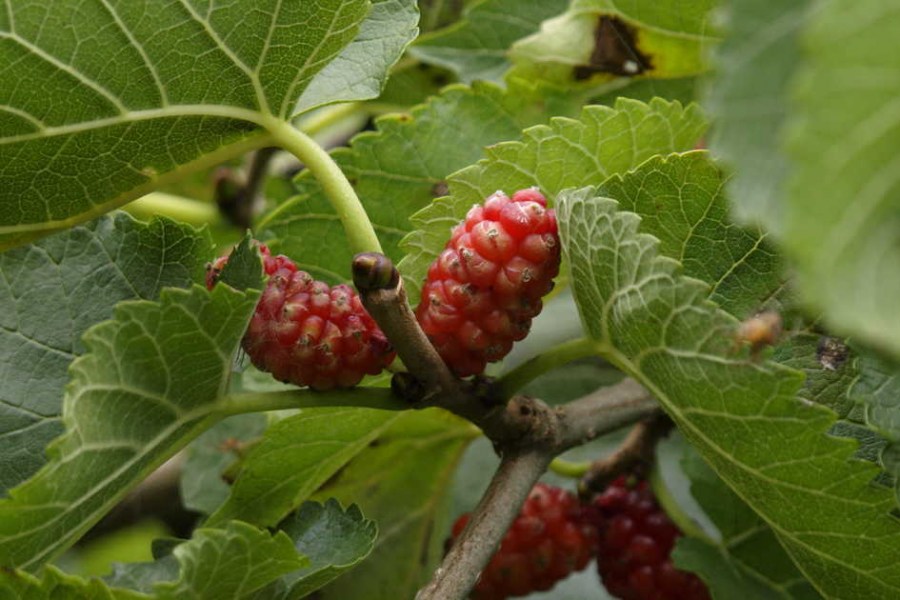


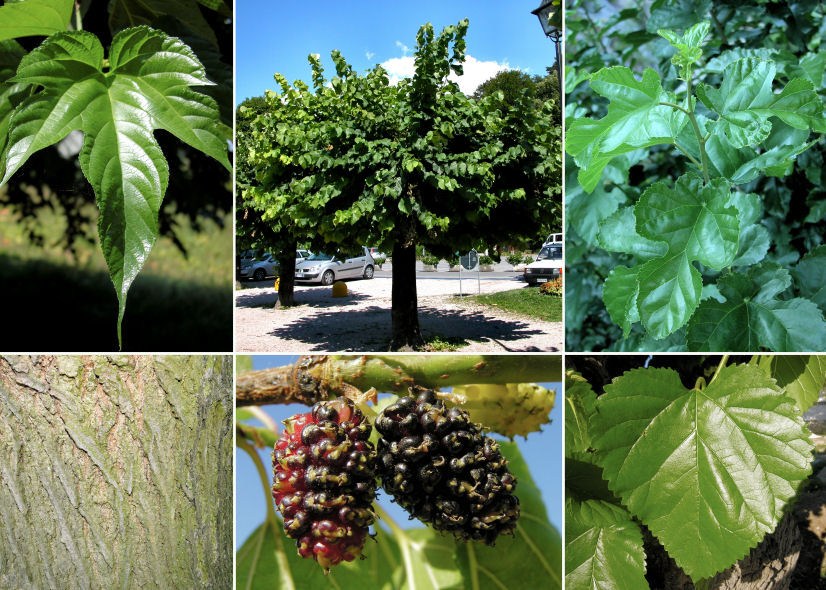

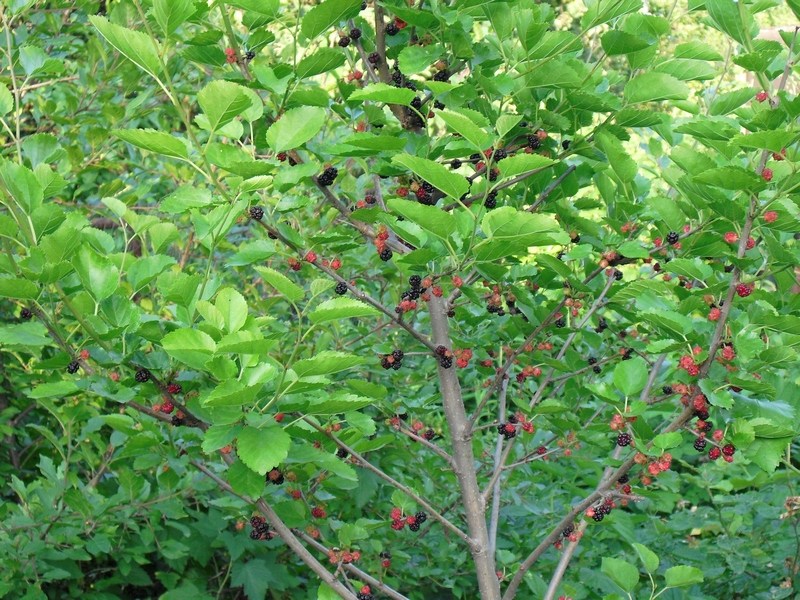



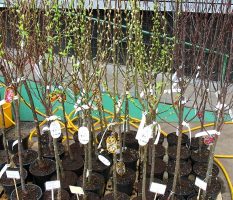

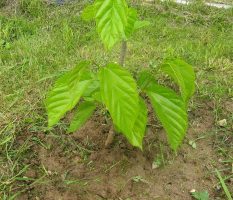
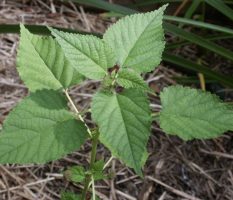

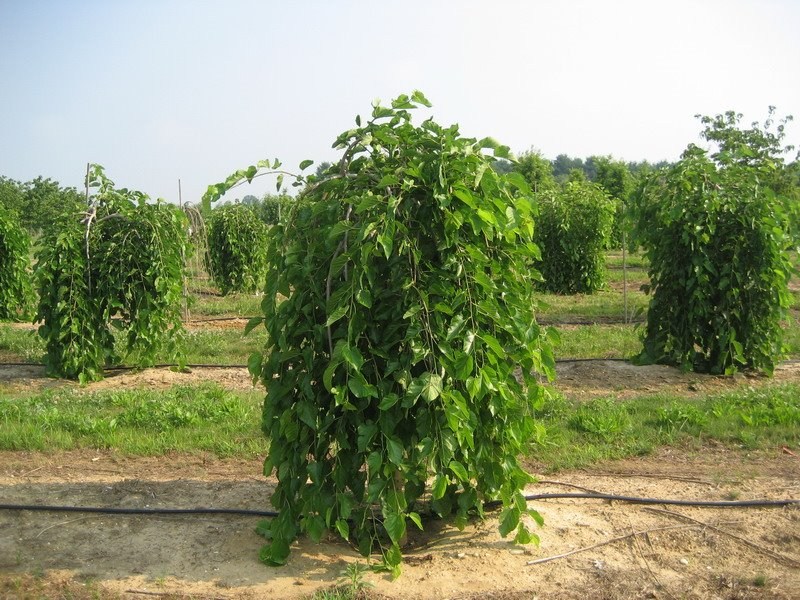
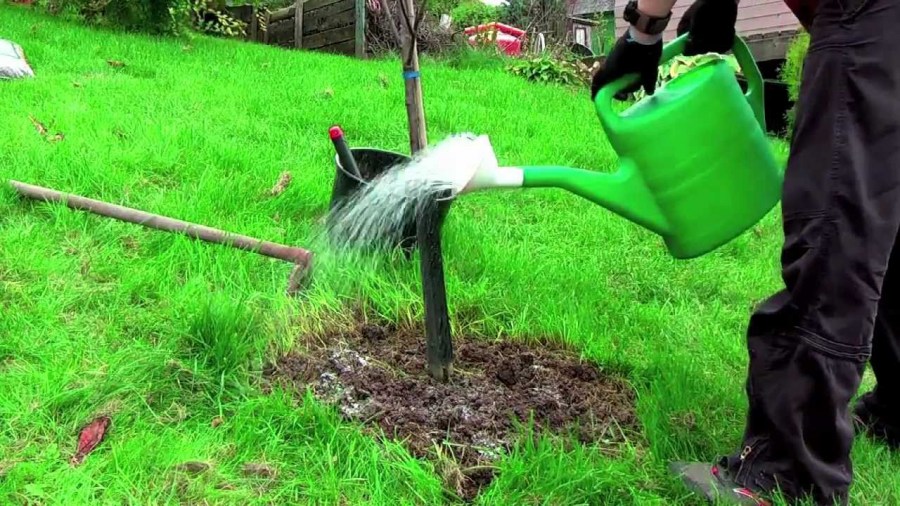




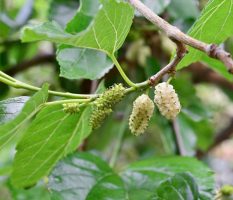
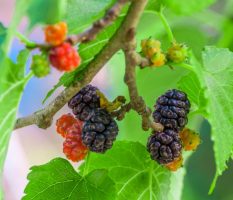

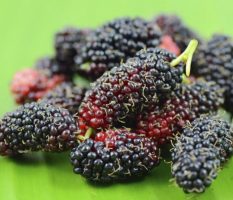



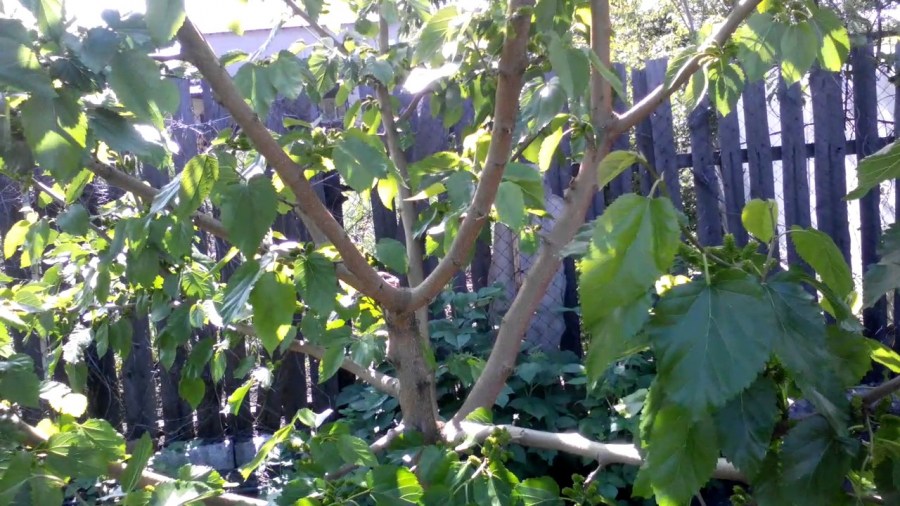
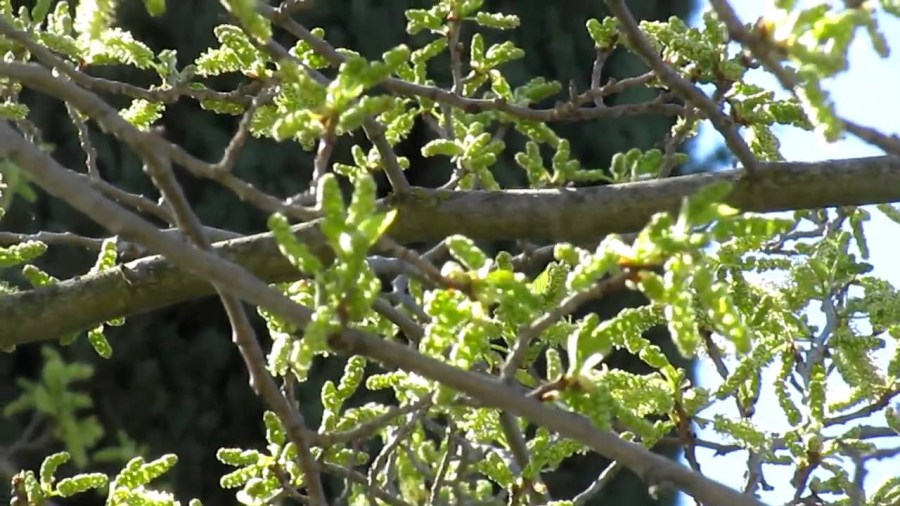







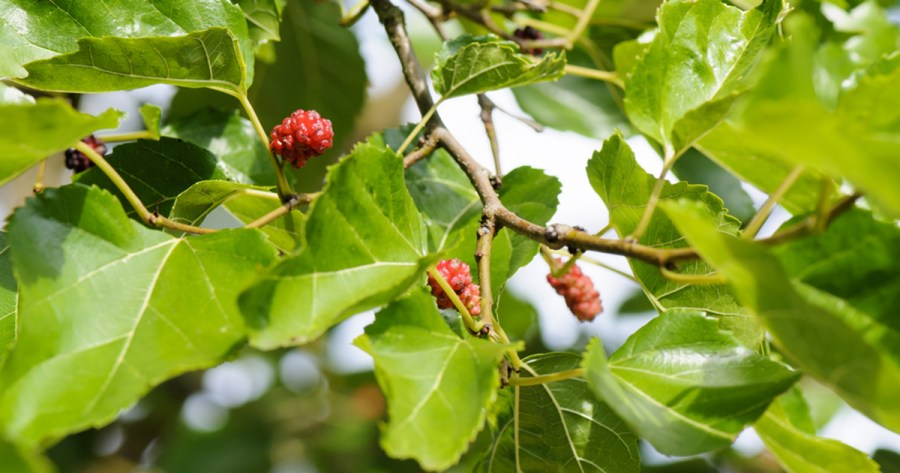







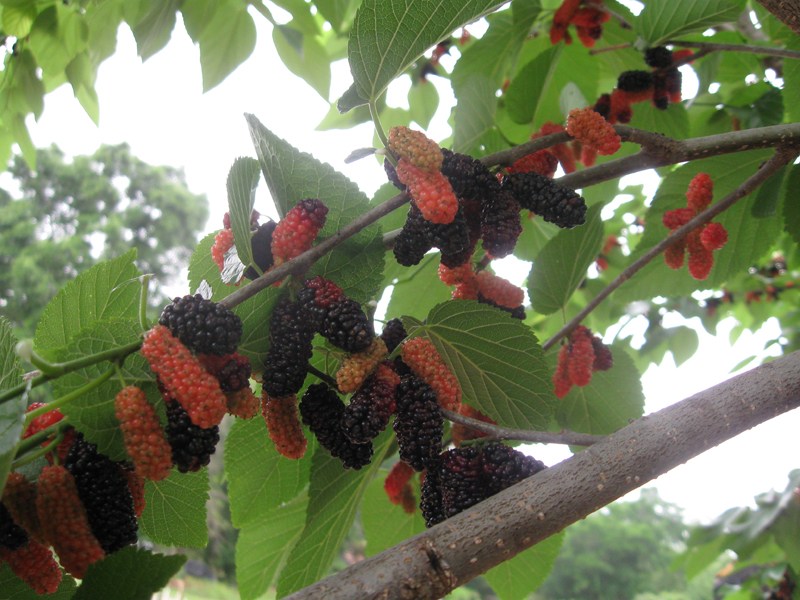



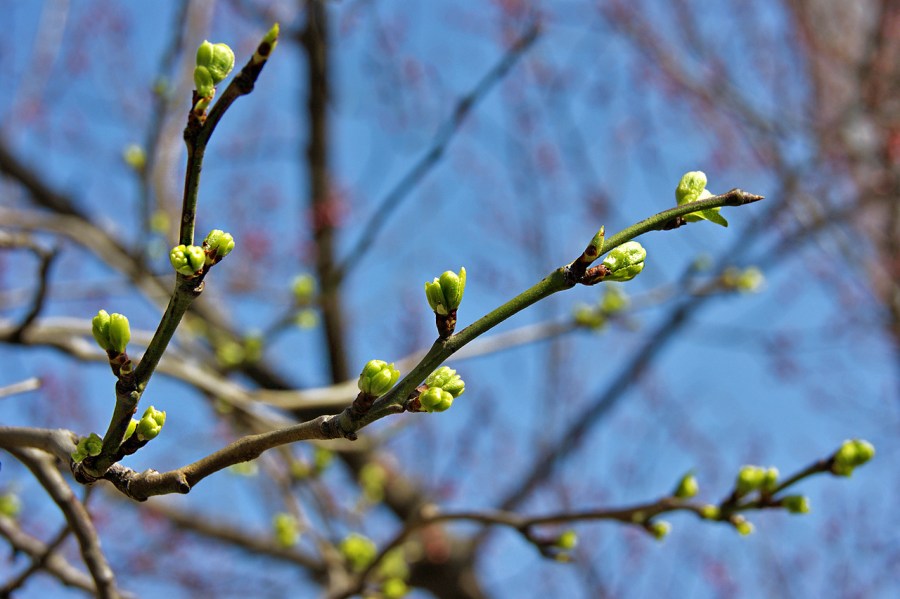



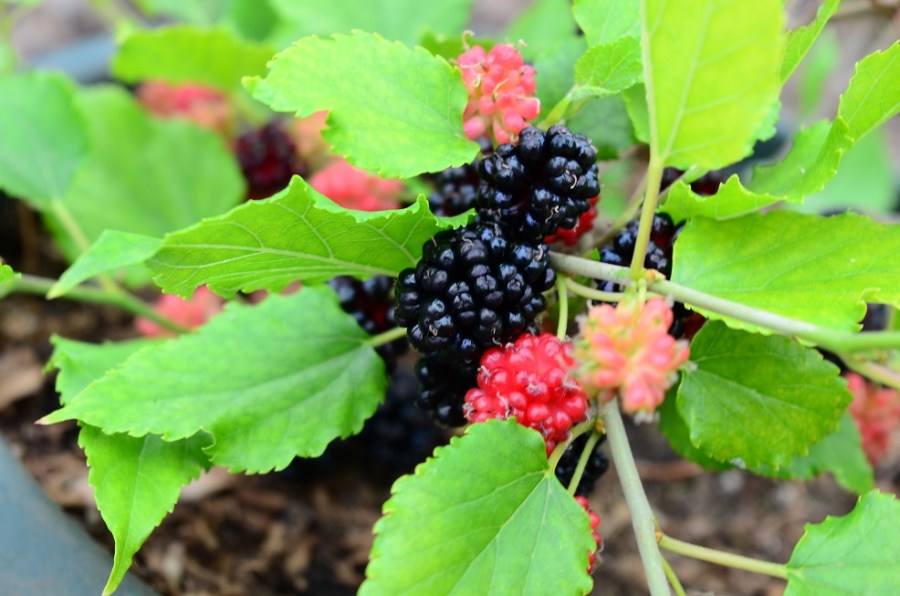
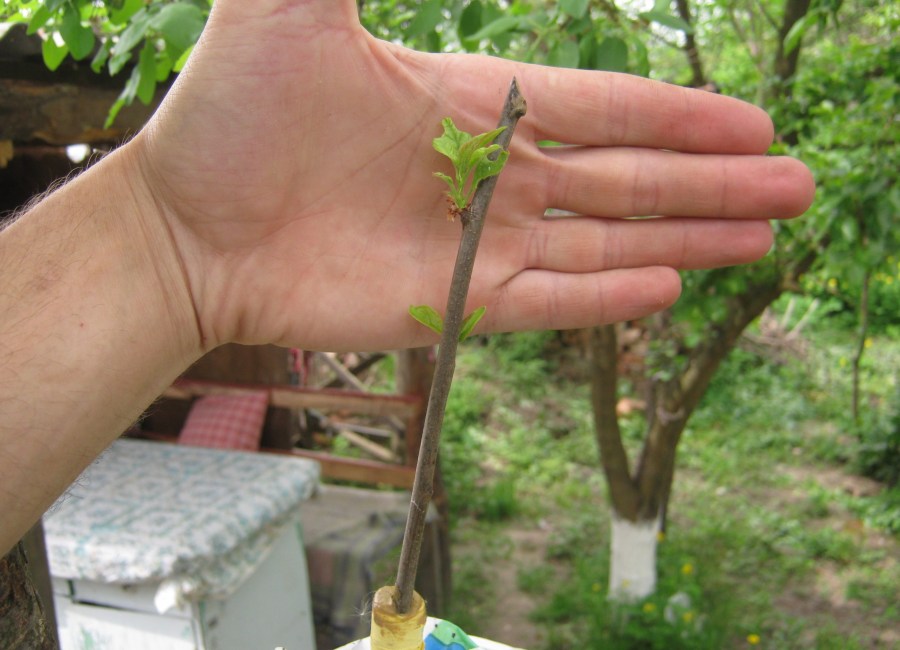
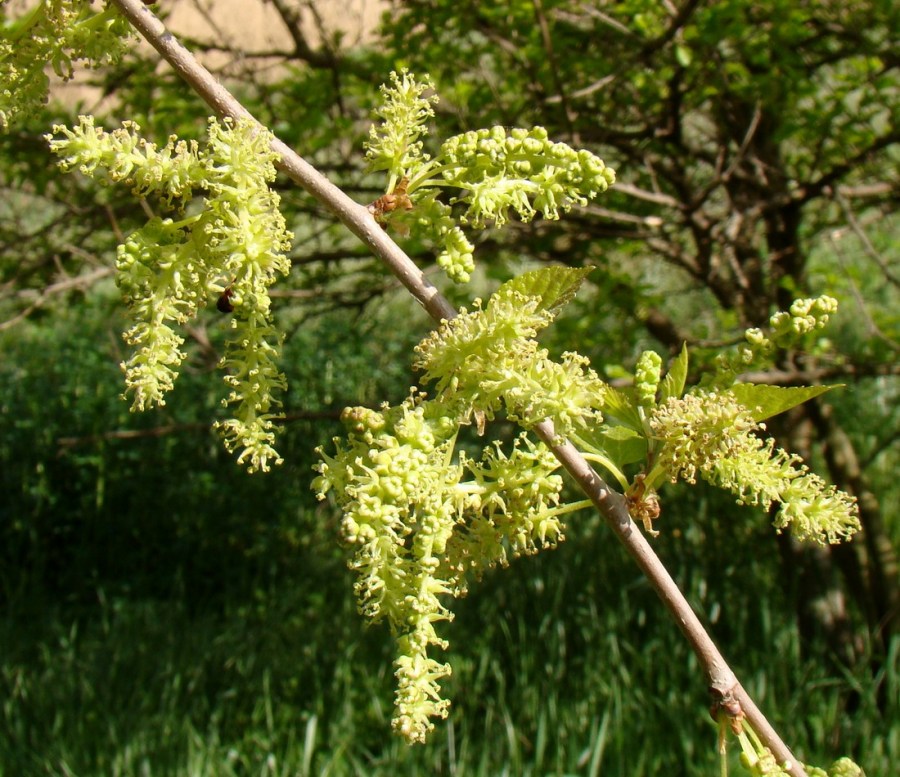
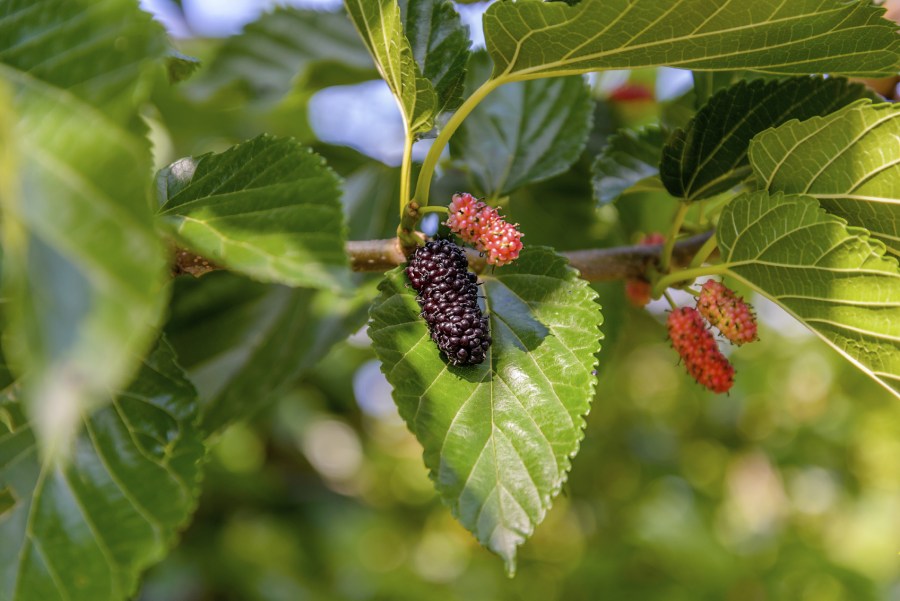
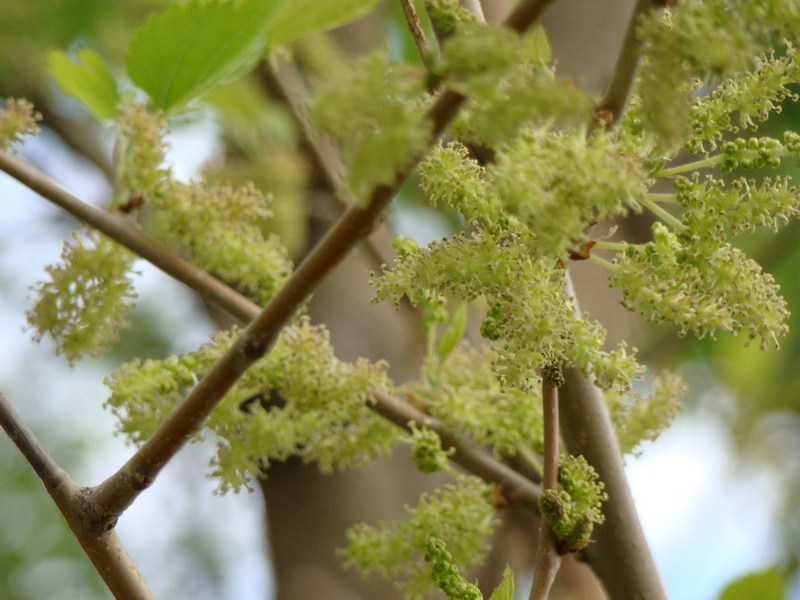

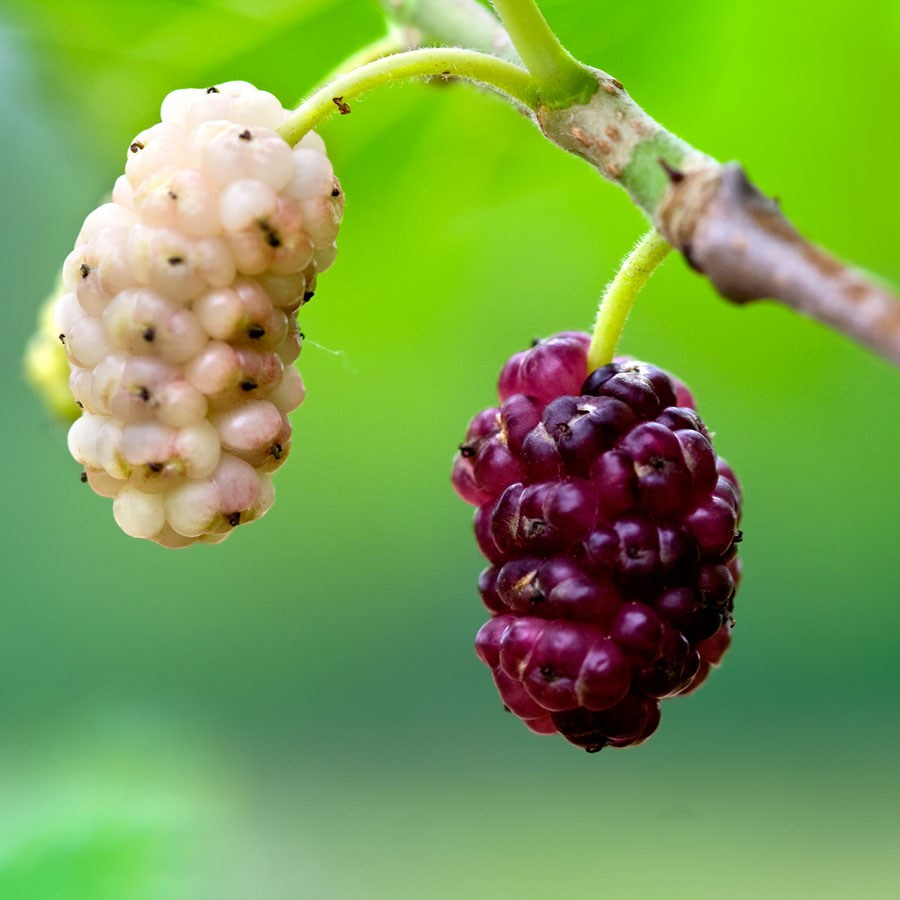
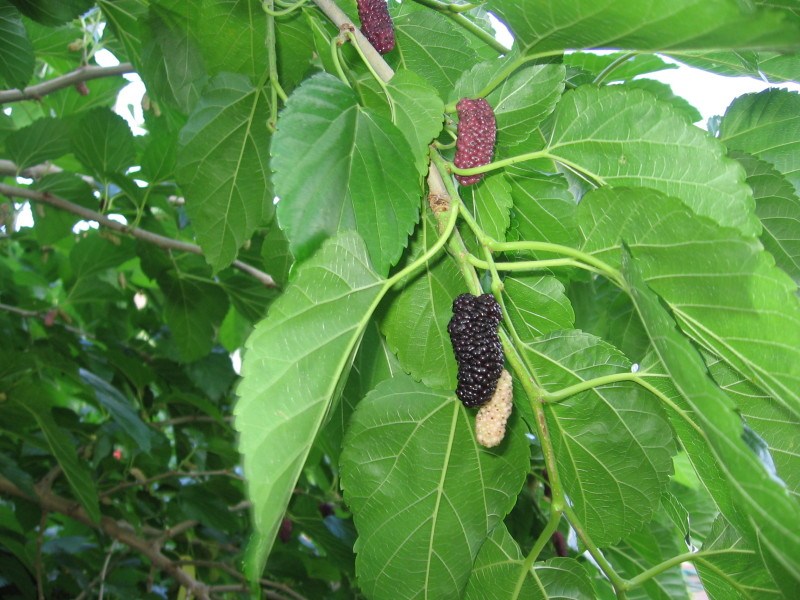
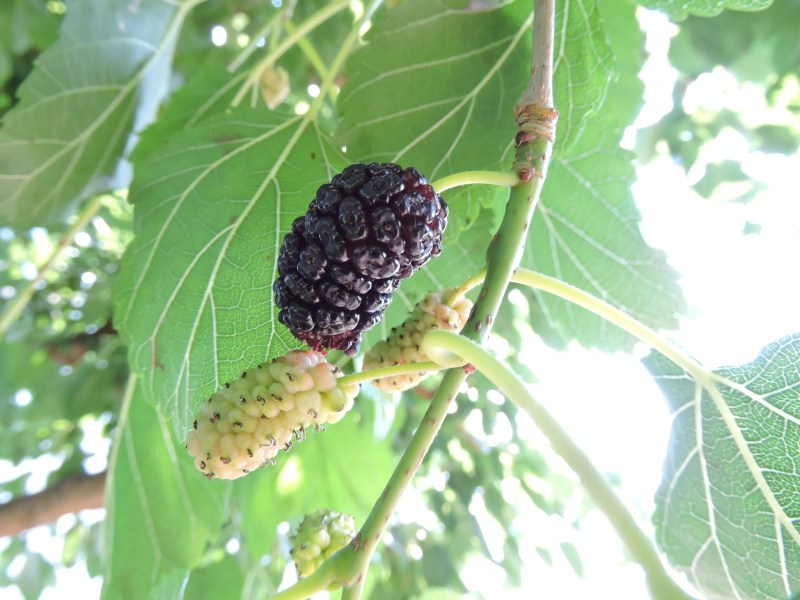

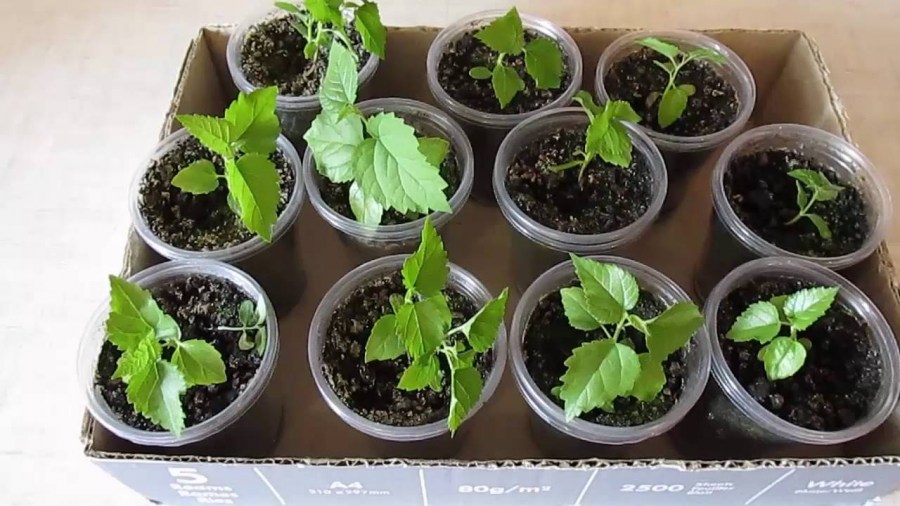
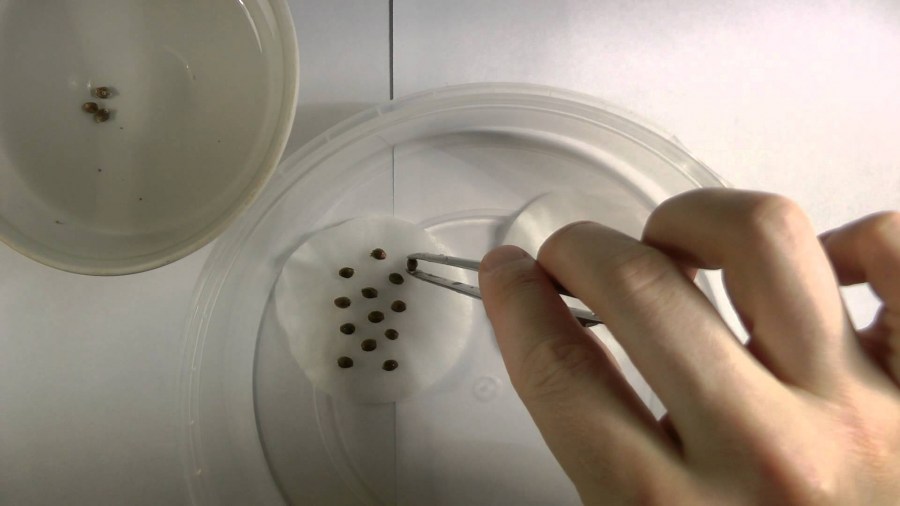






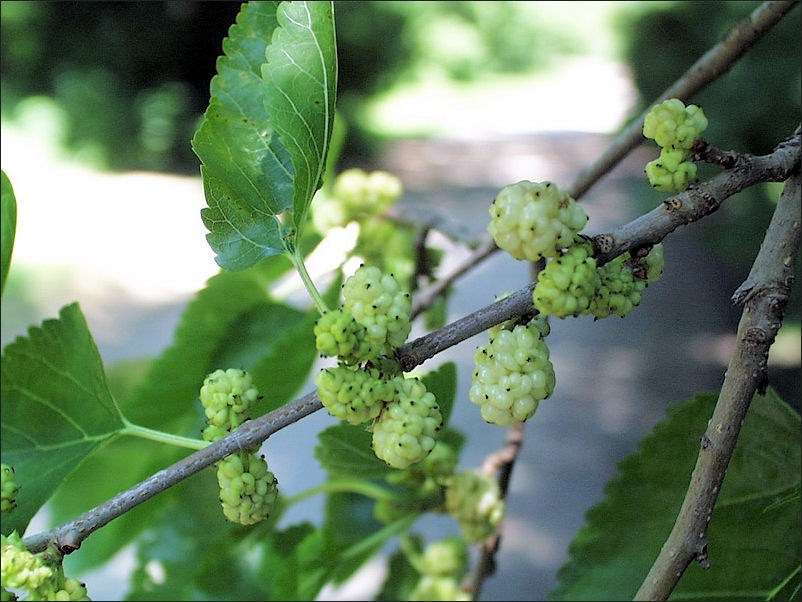




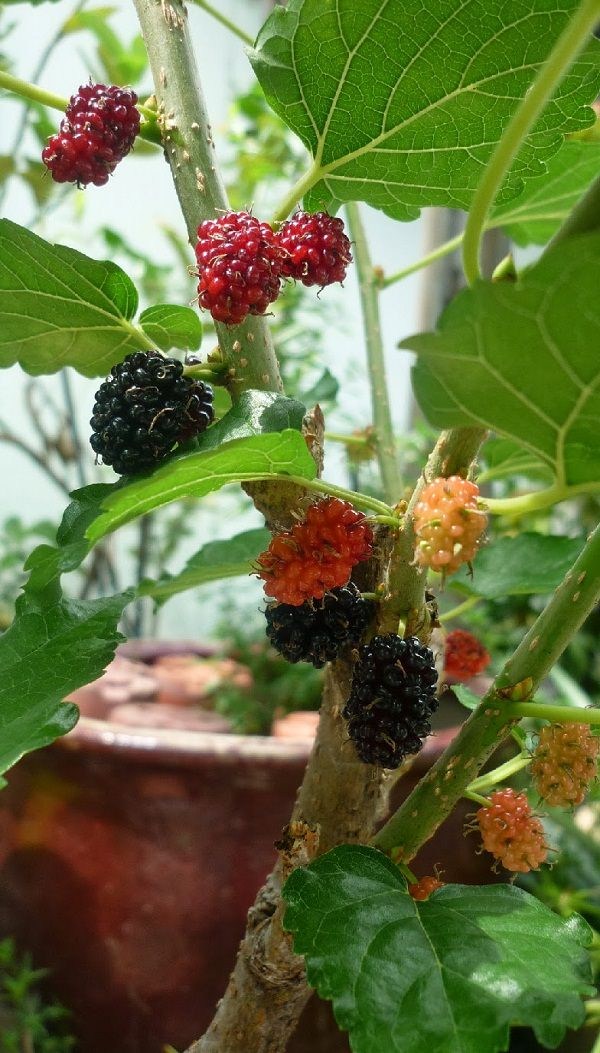
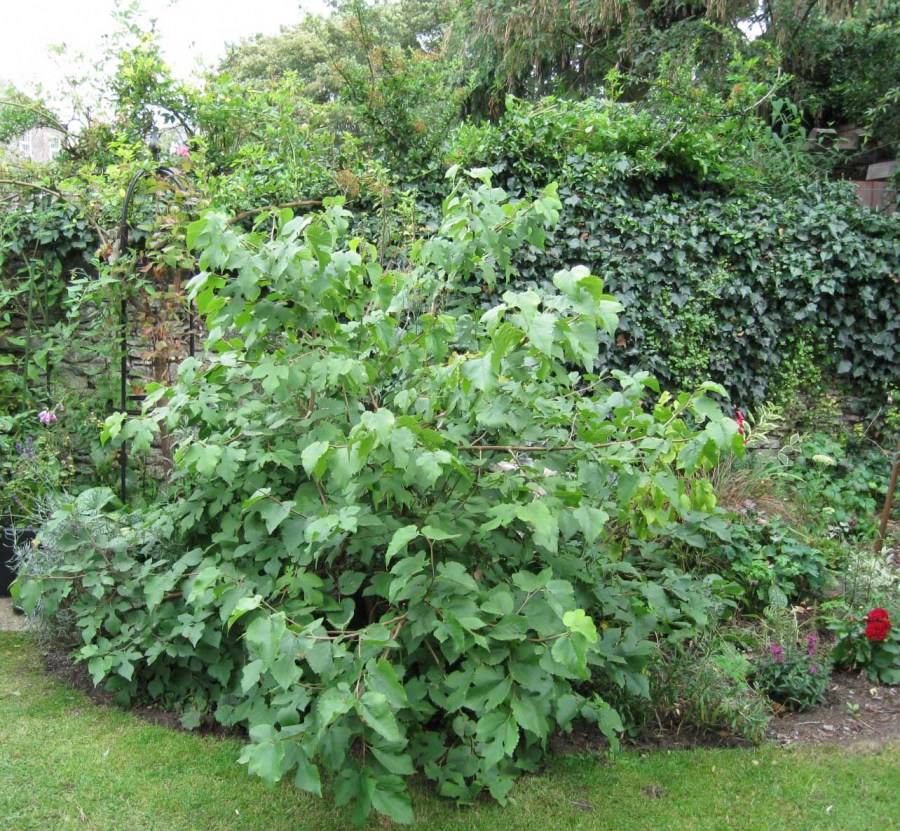

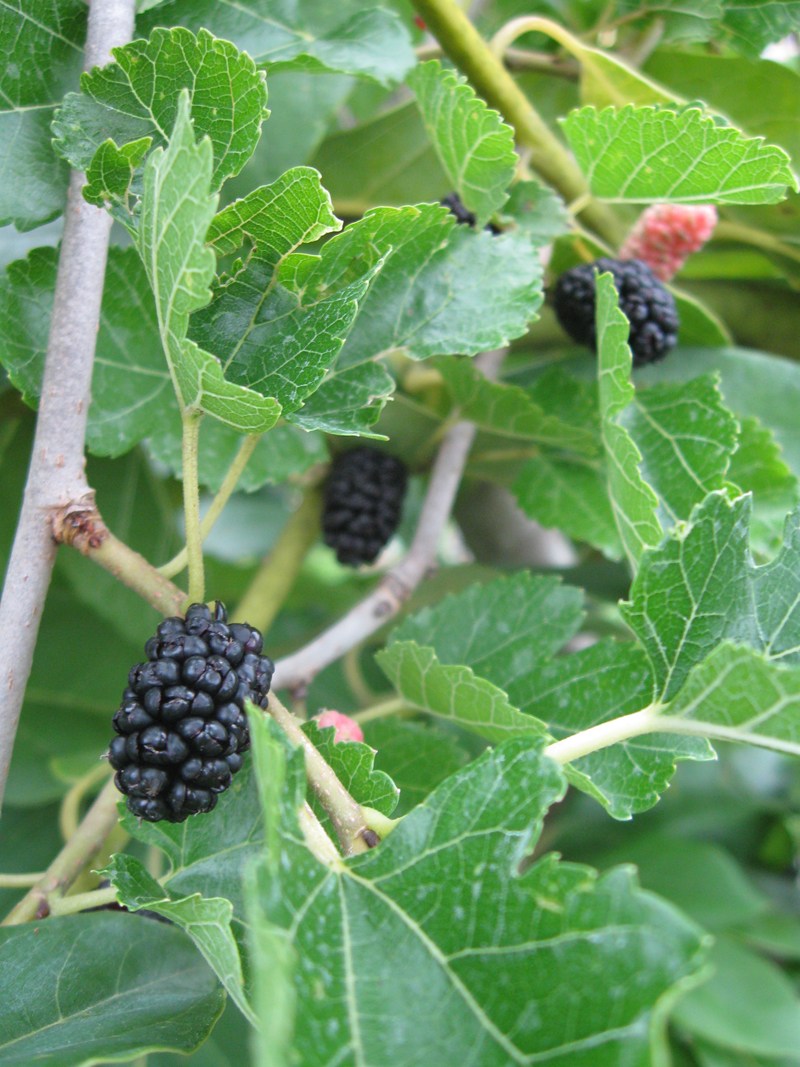

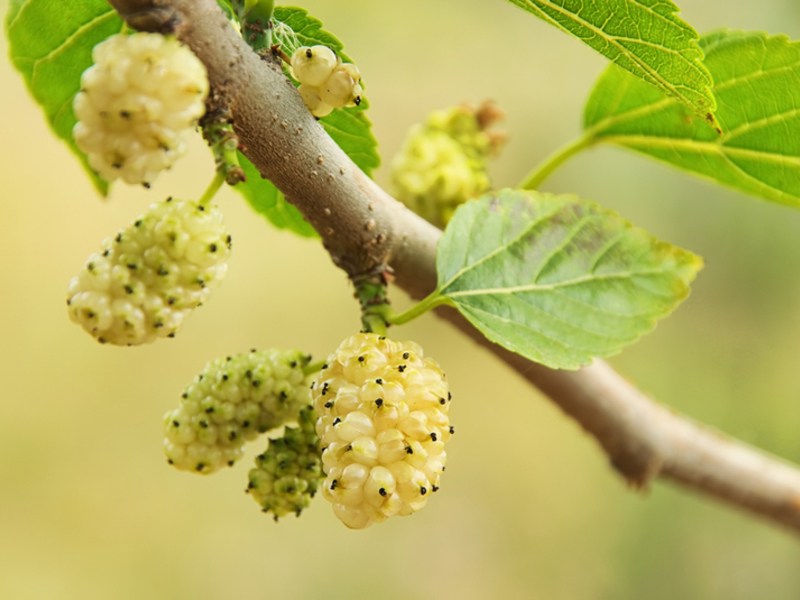





I tried this berry both white and dark red, but didn’t notice any bright taste. Maybe it depends on the variety? As I understand it, it grows in the southern latitudes. I would like to try mulberry jam, if it is cooked. What preparations can be made from it besides wine (it is probably made) :-))? Who does it grow share secrets with)) And on an industrial scale do they grow it? Something I did not meet in the shops jars of mulberry jam 🙂